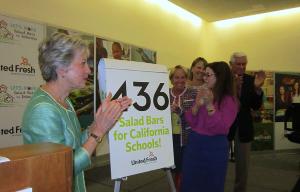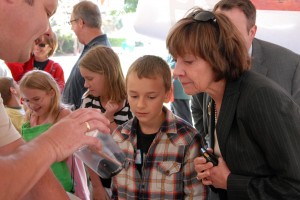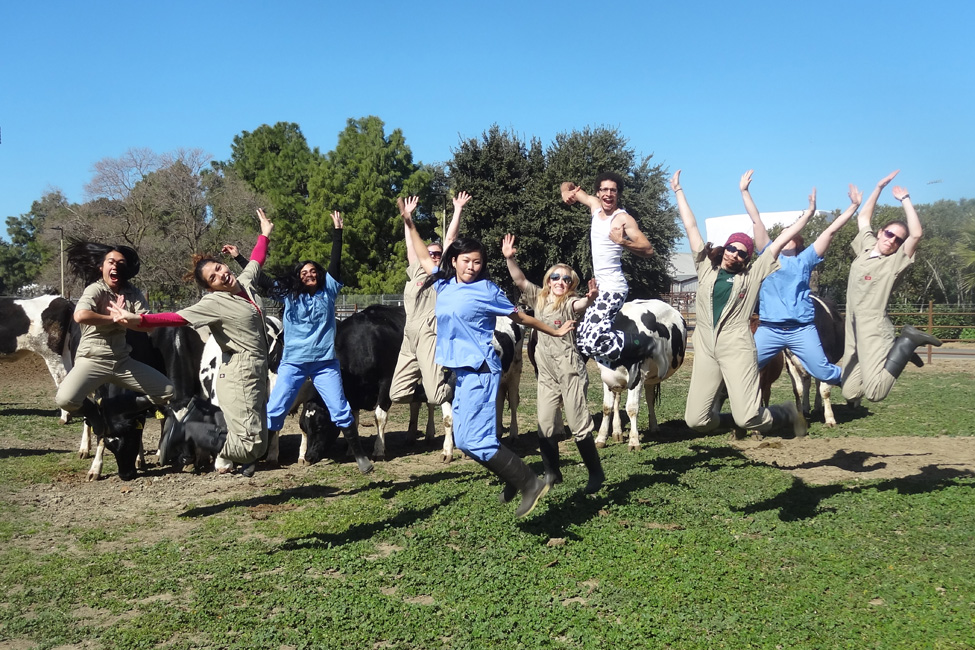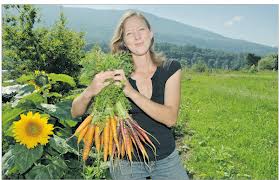http://www.gov.ca.gov/news.php?id=18048
SACRAMENTO – With near record-low precipitation in California this year, Governor Edmund G. Brown Jr. today (May 20) issued an Executive Order to streamline approvals for voluntary water transfers to assist California’s agricultural industry.
“Agriculture is vital to the health of California’s economy, and this order ensures we’re doing what’s necessary to cope with a very dry year,” said Governor Brown.
The Governor’s Executive Order directs the State Water Resources Control Board (SWRCB) and the Department of Water Resources (DWR) to expedite the review and processing of voluntary transfers of water and water rights consistent with current law. Under the order, DWR will coordinate State Water Project operations to alleviate critical impacts to San Joaquin Valley agriculture.
The SWRCB and DWR share responsibilities for the transfer of water in California. The SWRCB reviews and processes water transfer petitions, while DWR has the primary functional responsibility for the actual transfer of water. Water transfers in dry years assist those who potentially have excess supplies by allowing them to sell to those who are short of supplies, providing a valuable economic incentive to both the buyer and seller.
DWR’s May 2nd snow survey found the Sierra snowpack at 17 percent of normal. State Water Project deliveries this summer will be only 35 percent of requested amounts. The federal Central Valley Project will deliver as little as 20 percent of requested amounts to some customers.
“I am grateful that Governor Brown is taking this early, important action to protect California’s agricultural industry,” said United States Senator Dianne Feinstein. “This Executive Order provides economic benefits across many regions of California. Willing sellers of water will benefit, as will those in the areas of greatest need, while retaining protections for fish, wildlife, and other environmental values.”
“With our current water crisis, Governor Brown recognized the need for immediate action and took it,” said Rep. Jim Costa (D-Fresno). “His move to ease water transfers will reduce the pain facing farmers, farm workers, and our farming communities. This is a good step, but it does not solve our real problem: restrictions on pumping in the Delta. These regulations cost us precious water yet again this winter and may prevent critical transfers throughout the summer. The only way to end this cycle of uncertainty is to move forward with the Bay Delta Conservation Plan that will bring more water reliability for all Californians.”
“It takes water to sustain the farms that feed our growing population,” California Farm Bureau Federation President Paul Wenger said. “In a year like this, voluntary transfers of water from areas that have a surplus give our system more flexibility so that farmers facing water supply cutbacks — especially those with permanent crops — may find alternative sources. We thank the governor for moving quickly to streamline California water transfer rules.”
“The supply of water available for farmers on the westside of the San Joaquin Valley is lower this year than in 1977, the driest year on record in California, and Valley communities like Mendota, Firebaugh, and San Joaquin are facing an economic disaster,” said Tom Birmingham, general manager of Westlands Water District. “The transfers facilitated by this Executive Order will provide critically needed water to sustain farmers, the people they employ, and the communities that depend on irrigated agriculture.”
Text of Executive Order:
WHEREAS much of California experienced record dry conditions in January through March 2013, registering historic lows on the Northern Sierra and the San Joaquin precipitation indices; and
WHEREAS record dry and warm conditions resulted in a snowpack substantially below average, with estimated May water content in the statewide snowpack being only 17 percent of average and with the spring snowmelt season now being well underway; and
WHEREAS the water year began with adequate rainfall, but restrictions to protect Delta smelt prevented pumping water from the Delta to store in the San Luis Reservoir have resulted in substantial losses to the State Water Project and to the Central Valley Project; and
WHEREAS only 35 percent of State Water Project contractors’ and 20 percent of south-of-Delta Central Valley Project agricultural contractors’ requested amounts have been allocated because of these conditions; and
WHEREAS reductions in surface water deliveries will likely force San Joaquin Valley agricultural water users to extract additional groundwater from already overused basins, potentially resulting in additional land subsidence; and
WHEREAS the supply reductions will jeopardize agricultural production in parts of the San Joaquin Valley; and
WHEREAS the supply reductions will also impact millions of municipal and industrial water users across California; and
WHEREAS the Legislature has, in Water Code section 109, declared that the State’s established policy is to facilitate the voluntary transfer of water and water rights, and has directed the Department of Water Resources and State Water Resources Control Board to encourage voluntary transfers.
NOW, THEREFORE, I, EDMUND G. BROWN JR., Governor of the State of California, do hereby issue this Order to become effective immediately.
IT IS HEREBY ORDERED that the Department of Water Resources (DWR) and the State Water Resources Control Board (SWRCB) take immediate action to address the dry conditions and water delivery limitations, by doing the following:
1. Expedite processing of one-year water transfers for 2013 and assist water transfer proponents and suppliers as necessary, provided that the transfers will not harm other legal users of water and will not unreasonably affect fish, wildlife, or other in-stream beneficial uses.
2. The SWRCB shall expedite review and processing of water transfer petitions in accordance with applicable provisions of the Water Code.
3. The DWR shall expedite and facilitate water transfer proposals in accordance with applicable provisions of the Water Code.
4. The DWR shall coordinate State Water Project operations, in cooperation with Central Valley Project operations, to alleviate critical impacts to San Joaquin Valley agriculture.
5. The DWR shall continue to analyze trends in groundwater levels in the San Joaquin Valley, together with impacts of groundwater extraction on land subsidence.
6. The DWR and the SWRCB shall make all efforts to coordinate with relevant federal agencies, water districts, and water agencies to expedite the review and approval of water transfers in California.
This order is not intended to, and does not, create any rights or benefits, substantive or procedural, enforceable at law or in equity, against the State of California, its agencies, departments, entities, officers, employees, or any other person.
I FURTHER DIRECT that as soon as hereafter possible, this Executive Order be filed in the Office of the Secretary of State and that widespread publicity and notice be given to this Executive Order.
IN WITNESS WHEREOF I have hereunto set my hand and caused the Great Seal of the State of California to be affixed this 20th day of May 2013.
______________________________
EDMUND G. BROWN JR.
Governor of California
ATTEST:
______________________________
DEBRA BOWEN
Secretary of State









